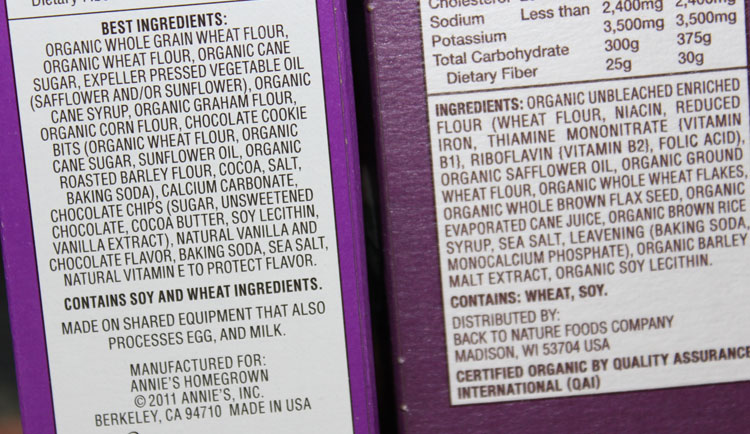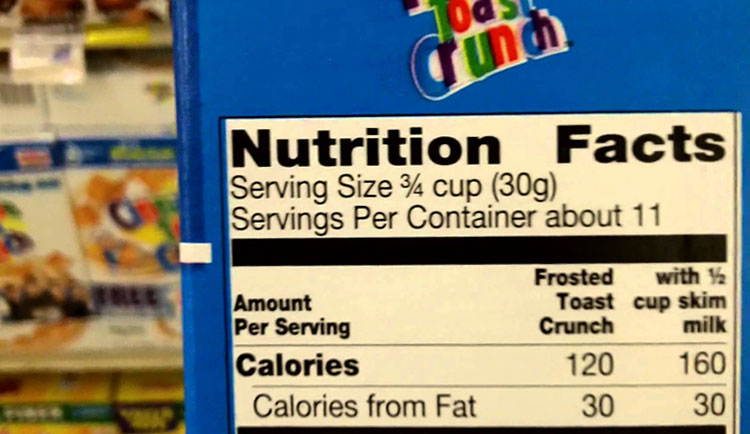You pick up the cereal package from the stand at the store. You look for the food label, and attempt to analyze it. Try as you may, you wonder if a nutrition degree is necessary to make sense of it all.
Reading a nutrition label can be easy, if you know what to look for. Here we break it down into easy steps and give you pointers to look out for that will make you better succeed at achieving your fitness and nutrition goals.
1. Determine the type of food and define the purpose for eating it.
- Determine whether the food is mainly a carbohydrate, a protein, or fat. The food pyramid divides foods into certain groups that fall under starchy grains, vegetables and fruit, eggs and dairy, meat and poultry, fats and oils.
- Purpose: Okay, so we usually eat because we’re hungry, but we also we eat for pleasure, whether alone or with our loved ones. However, some of us look to fulfill certain goals with our food, whether it’s to make up for a nutrition deficiency or to attain fitness goals (Protein diet anybody???).

2. Read the ingredients’ list.
- The list could be long, and processed foods usually include additives that are just difficult to decode. To make it more complicated, the laws that determine what a food manufacturer must include in the list differs from one country to another. Imported foods don’t make this easy then. In general, the first item listed in the ingredient list is the main make up of the food product: So in the example below, flour makes up the highest in in quantity from all the other listed. It is recommended that you pay attention to the first 3 in the list. the others will be in less noticeable quantities.
- Reading the ingredients list says much about the quality of the food. For example, butter can be sourced from grain-fed cows or from grass-fed cows. The latter is much healthier.

3. Remember your allergies.
Is there anything to which you are allergic? Intolerant? Anything that you just don’t want to consume as part of your health regimen like for example, artificial sweeteners. Watch out for any footnotes like “may contain traces of nuts and soy”. For some, a small amount of these is enough to cause a reaction or even worse, be fatal.
- Common allergenic foods: gluten, casein, soy, lactose, artificial sweeteners, and fructose
- Common Sugars that are not labeled as sugar (maltodextrin, dextrose, and high fructose corn syrup (HFCS)

4. Determine the serving size, and how many servings you’ll be having.
- We usually know how much of something we want to eat (unless of course it’s too good that you just get carried away and devour the whole thing). The question is, how many servings do we end up having?
- You can then determine how many calories you have just consumed and what nutrients in grams you’ve consumed. In the example below, if I eat 60 grams of Frosted TOAST CRUNCH, it means I’ve consumed 240 calories and NOT 120 calories.

5. Remember your targets.
Most of us have a set calorie allowance for the day. You’ll need to set a target also for your carbs, protein, and fats so you can compare your actual consumptions to your goal. Do your best to meet your set target. Work with a nutritionist to set reasonable food goals for yourself.

6. Pay attention to these specific foods and try to limit them.
- Saturated fats (less than 15 grams a day)
- Sodium (less than 2.4g per day)
- Always choose natural sources instead of processed foods.











